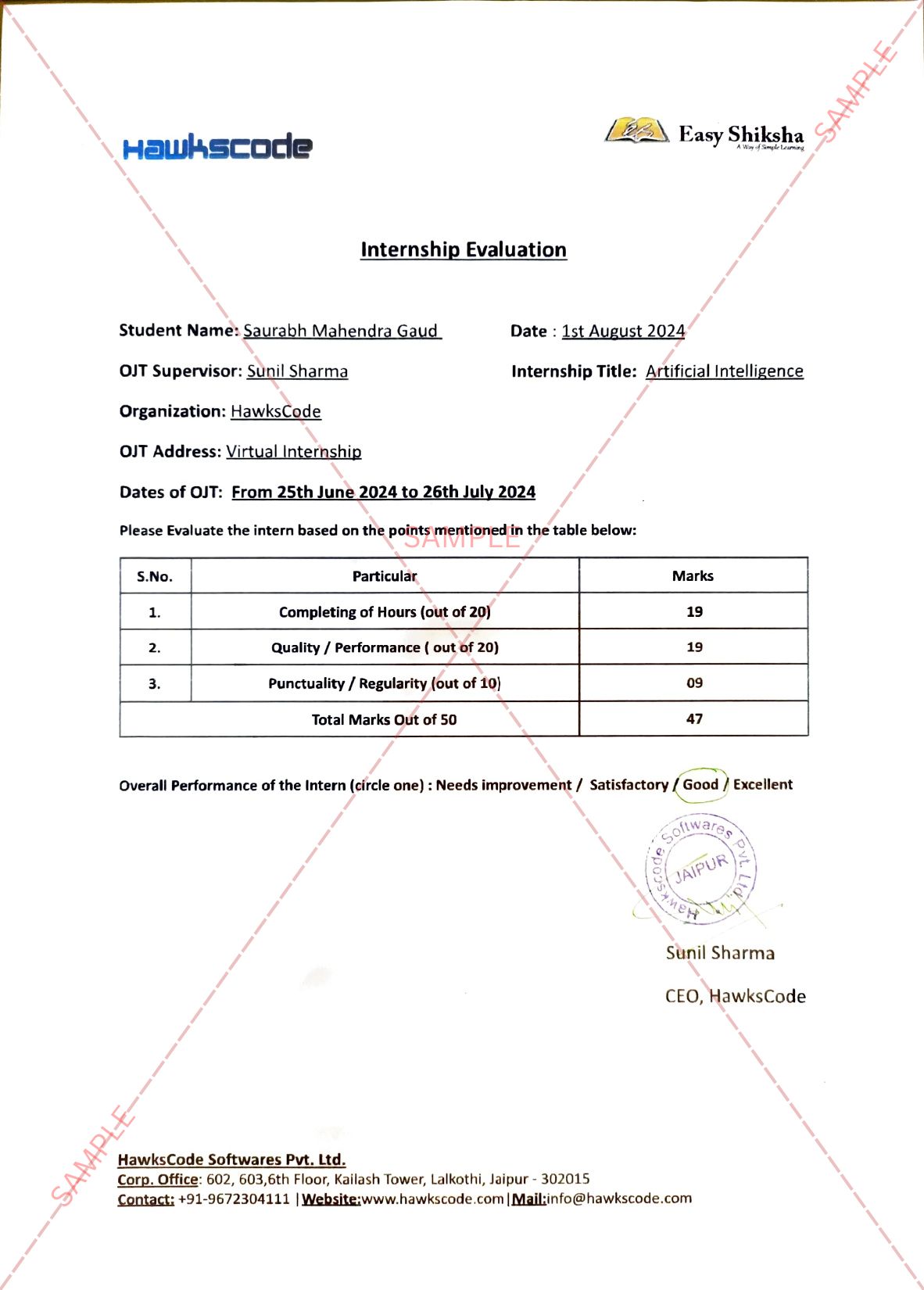Dr. Sunil Kumar K, Lead Consultant – Interventional Pulmonology at Aster CMI Hospital, Bangalore. Lung cancer is no longer just a smoker’s disease. A silent health crisis is emerging in Indian homes, where more non-smoking women are being diagnosed with the illness. The culprit? Prolonged exposure to toxic indoor air that often goes unnoticed.Lung cancer has long been seen as a smoker’s disease. But a growing crisis is now unfolding quietly in Indian homes. More women who have never smoked a single cigarette are being diagnosed with lung cancer.
Many Indian women, especially in urban areas, spend a large part of their day indoors cooking, cleaning, caring for the family. But what we often ignore is that the air inside these homes can be just as harmful, or even worse, than outdoor pollution. Fumes from cooking over an open gas in poorly ventilated kitchens, combined with dust, incense smoke, mosquito coils, and indoor construction dust, all add up over the years. Breathing this toxic mix every day damages their lungs under constant stress.
“We’re seeing a disturbing trend of non-smoking women presenting with advanced cases of lung disease, especially lung cancer,” says Dr. Sunil Kumar K, Lead Consultant – Interventional Pulmonology at Aster CMI Hospital, Bangalore. “Prolonged exposure to indoor pollutants, especially in non-ventilated or low ventilation is a major overlooked risk factor.”
Also Read:A Global Platform for Career Starters: Why Students from 50+ Countries Trust EasyShiksha
The tragic part is that most of these women never even realise they are at risk. There’s no loud warning sign. No pain. Just a persistent cough, a bit of breathlessness, or some unexplained tiredness. Symptoms that are often brushed off as minor or blamed on age, dust allergy, or general weakness. By the time they reach a hospital and are tested, cancer is often in a late stage. This delay in diagnosis is one of the key reasons lung cancers remains so deadly.
Doctors are now seeing it as a trend. Pulmonologists across cities are reporting an increase in lung cancer cases among non-smoking women, especially those over 40. Some of them are homemakers, while others are working women exposed to high indoor and outdoor pollution. The long-term exposure to indoor pollutants, especially in poorly ventilated homes, can cause changes in the lungs like those caused by smoking.
What makes this even more heartbreaking is that it is largely preventable.
Simple changes can reduce the risk significantly. Using chimneys and exhaust fans in kitchens, ensuring better ventilation, switching to cleaner cooking fuels like LPG or induction stoves, reducing the use of incense sticks and mosquito coils, and keeping homes dust-free can go a long way in protecting health. Air purifiers and in high-pollution areas, and keeping the floor should be mopped regularly with water to remove dustiness and basic design changes.
Equally important is paying attention to early signs. If a woman has a cough that lasts for more than two weeks, or feels short of breath while doing daily tasks, it should not be ignored. A chest X-ray or CT scan could detect lung changes early, when treatment is more effective. Health check-ups should include questions about exposure to smoke and pollutants at home, not just smoking history. Online Courses with Certification
Online Courses with Certification
This silent crisis needs to be spoken about more at clinics, in homes, and at work. Women must know that lung cancer is not just a smoker’s disease. It is a disease that can come from the very air we breathe, especially in spaces we consider safe.
And perhaps most importantly, we must stop assuming that only certain people are at risk. Because every breath matters. And for thousands of Indian women, the danger that is already being taken away, one invisible puff at a time.
Whether it’s through group tasks, forums, or online discussions, learning with and from fellow students is becoming a key part of online education. And platforms like EasyShiksha are encouraging this shift-not just to make learning more interactive, but to make it more human.

































































